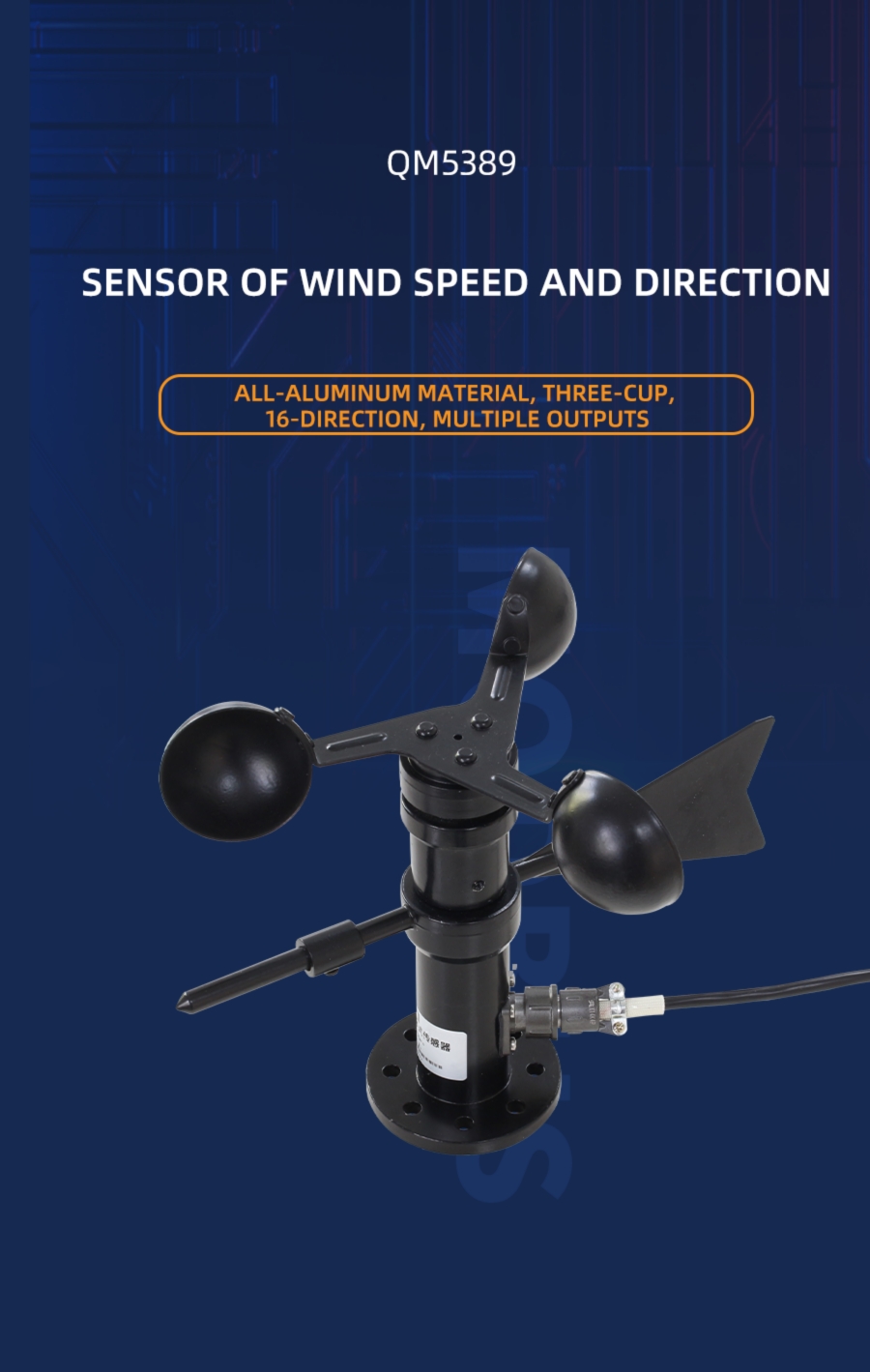

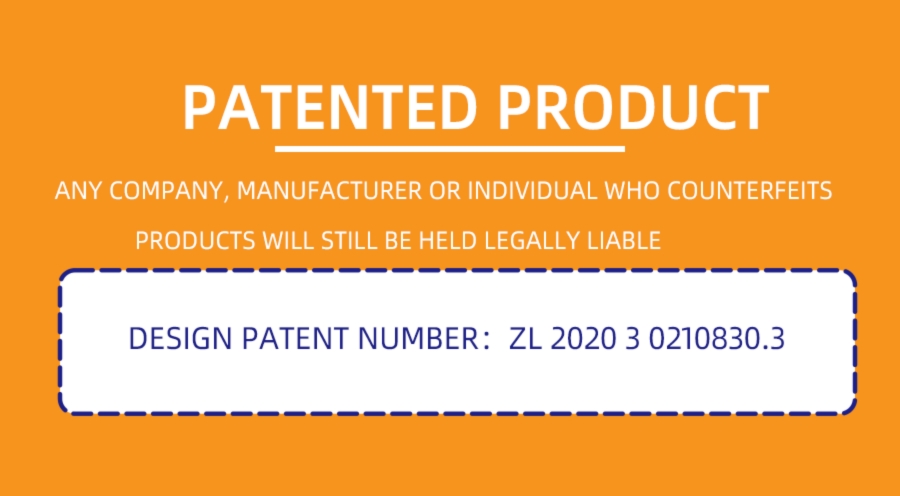
Technical Parameters
| Technical parameter | Parameter value |
| Brand | TRANBALL |
| Wind speed range | 0~30m/s |
| Start wind | 0.2m/s |
| Wind speed accuracy | ±3% |
| Shell material | aluminum |
| Wind direction range | 0~360° |
| Wind direction resolution | 22.5° |
| Power | DC12~24V 1A |
| Running temperature | -30~85℃ |
Product Selection
Product DesignDC0-5V,DC0-10VMultiple output methods, the products are divided into the following models depending on the output method.
| Product model | output method |
| QM5389V5 | DC0-5V |
| QM5389V10 | DC0-10V |
Product Size

How to wiring?

Kit recommendation
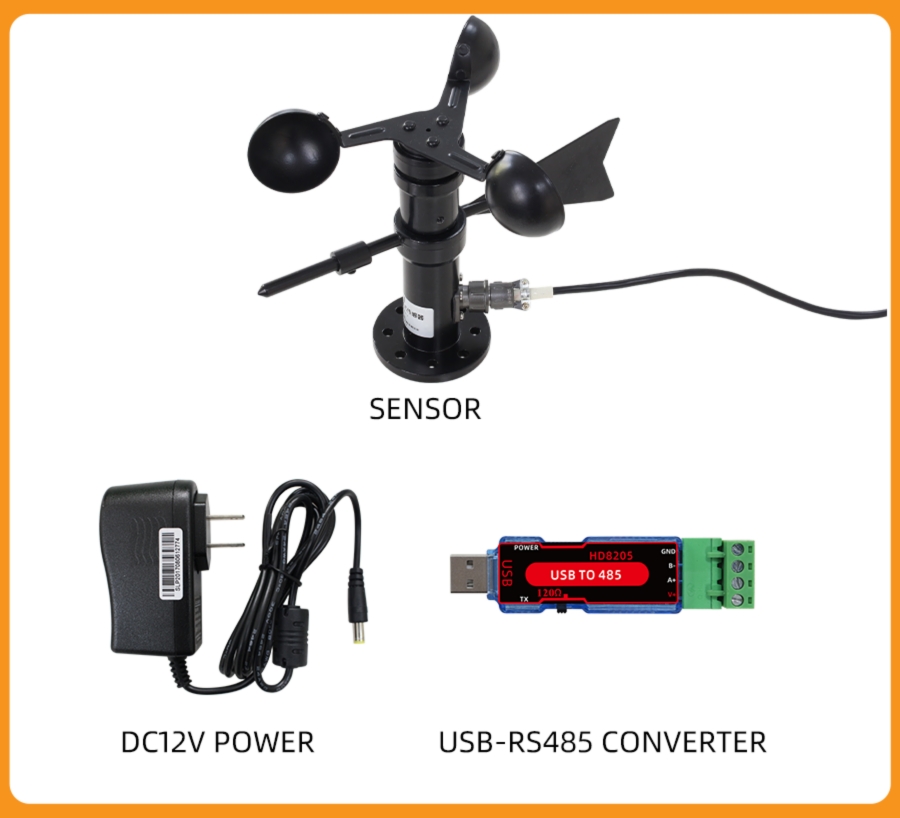
Why choose this product?
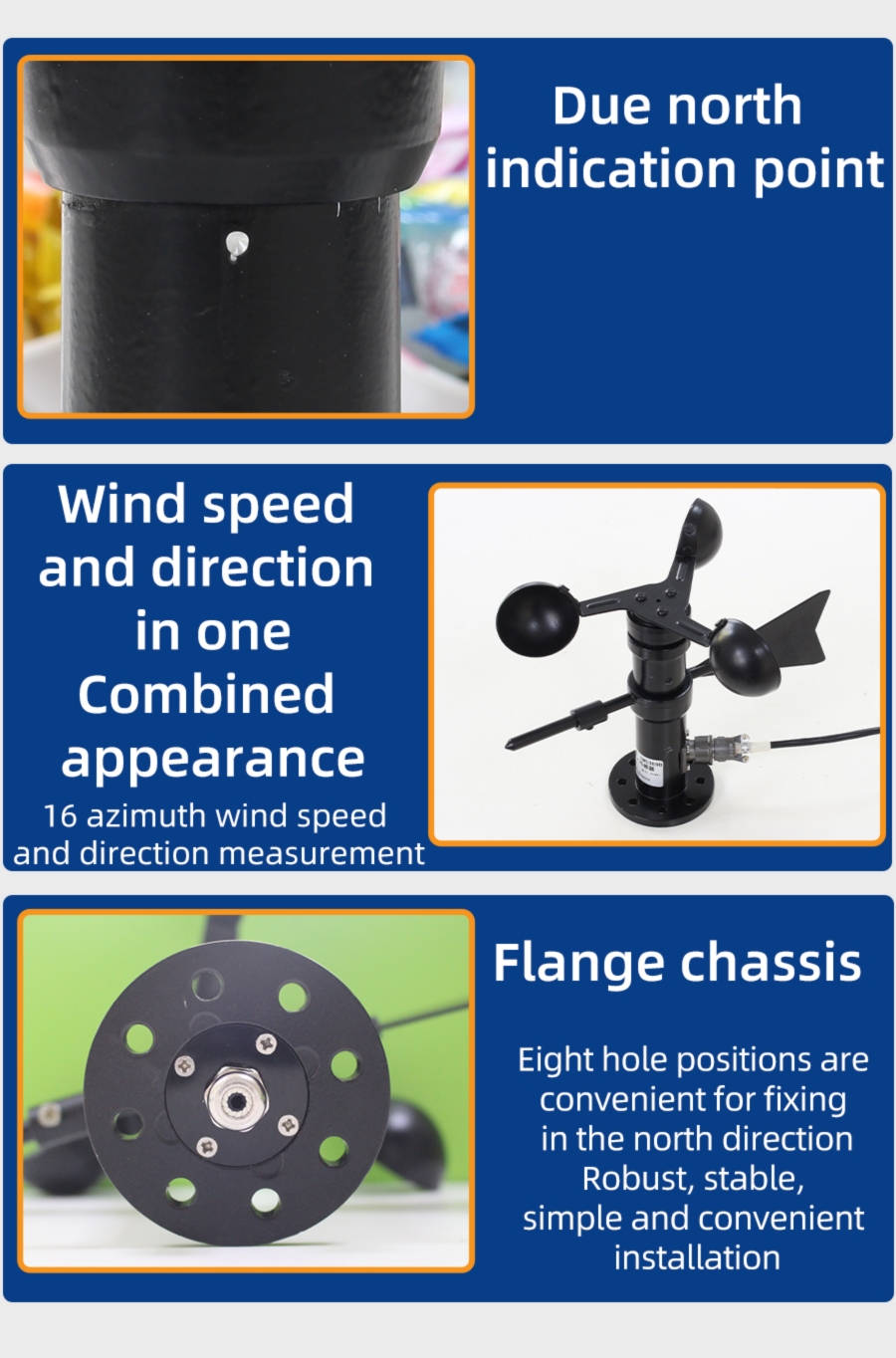
Why choose this product?
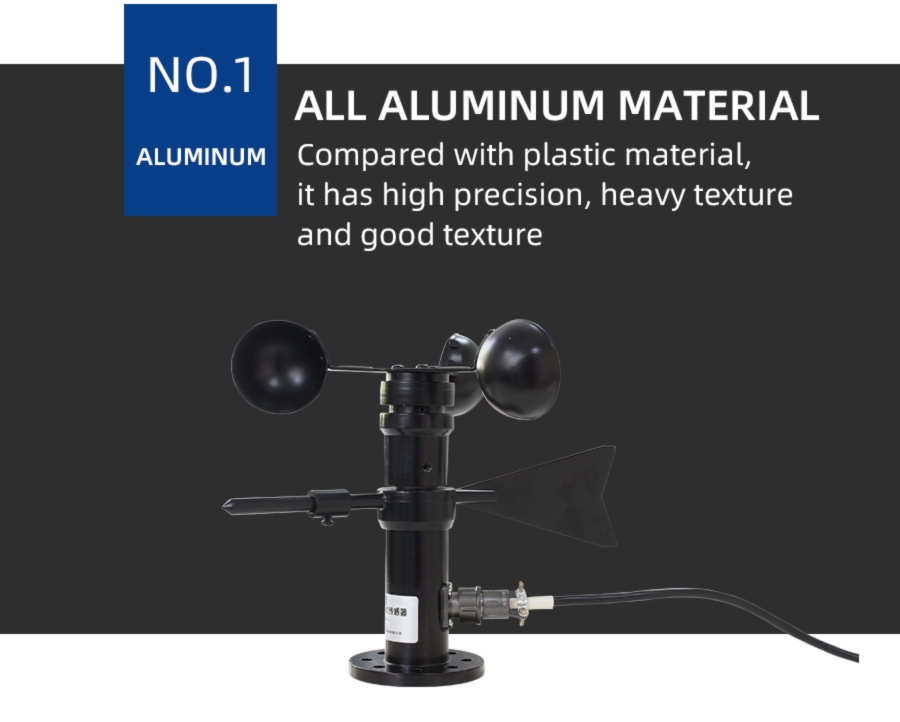

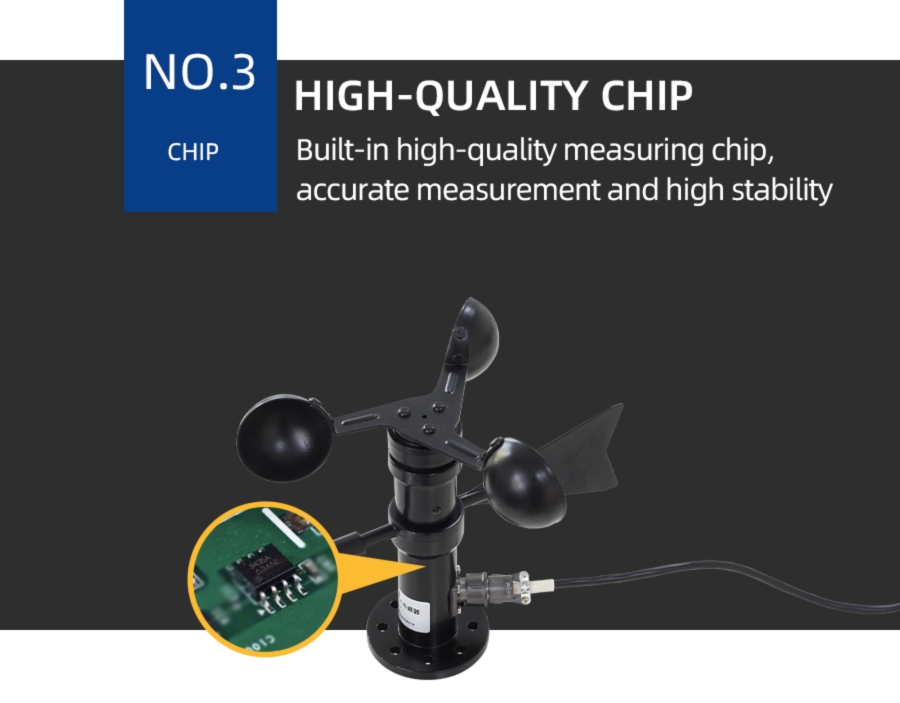
How to use?
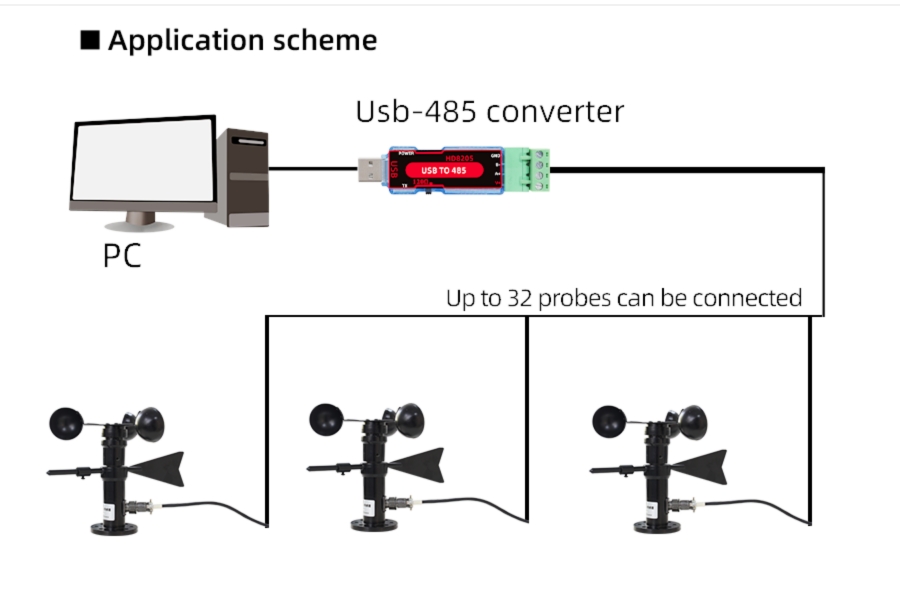
Application solution

Product List
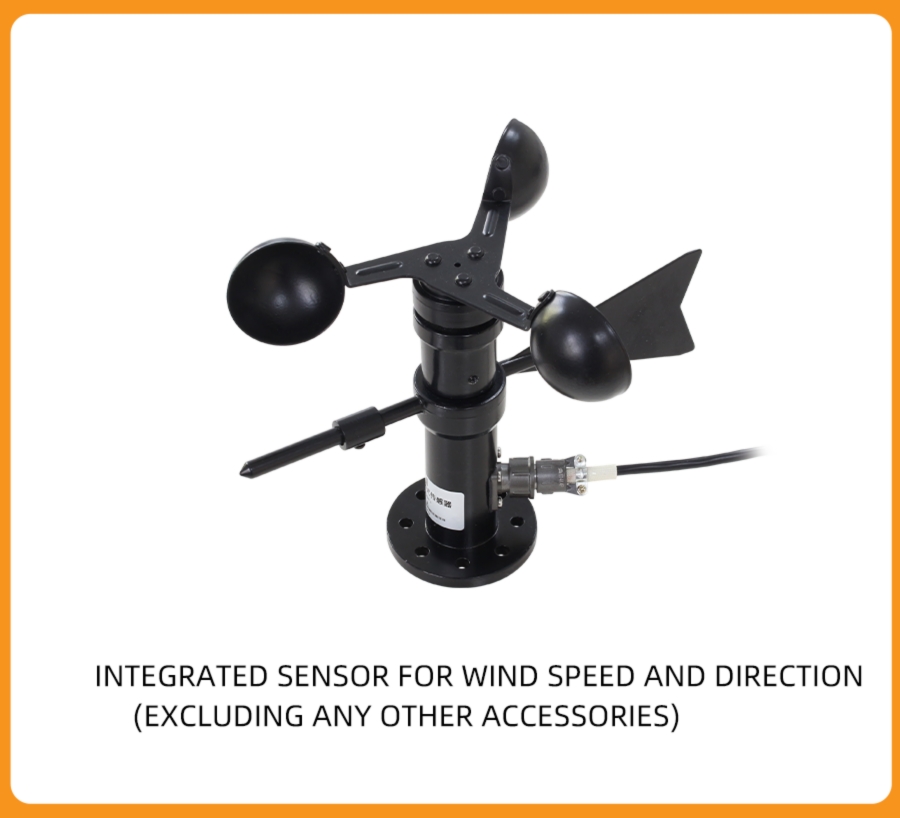
Pictures
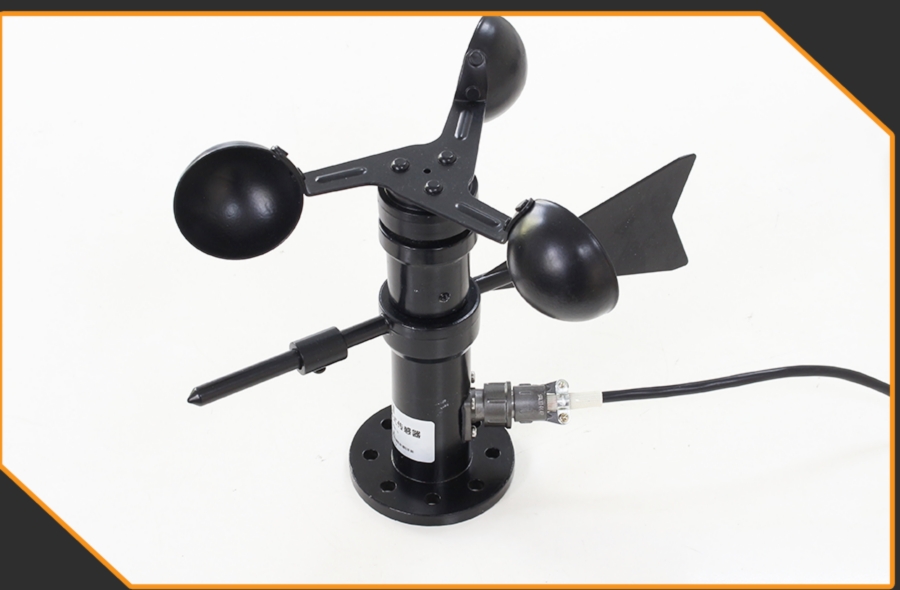
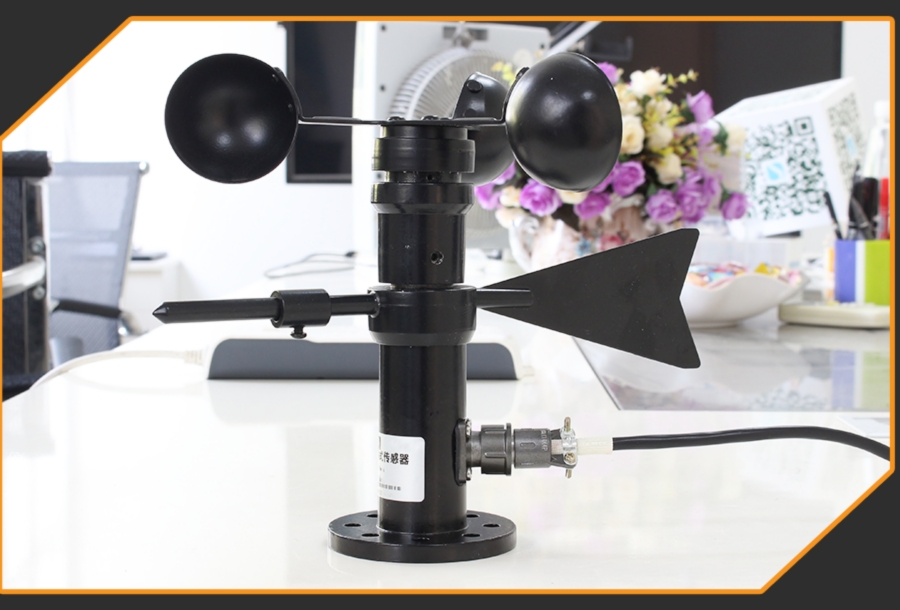
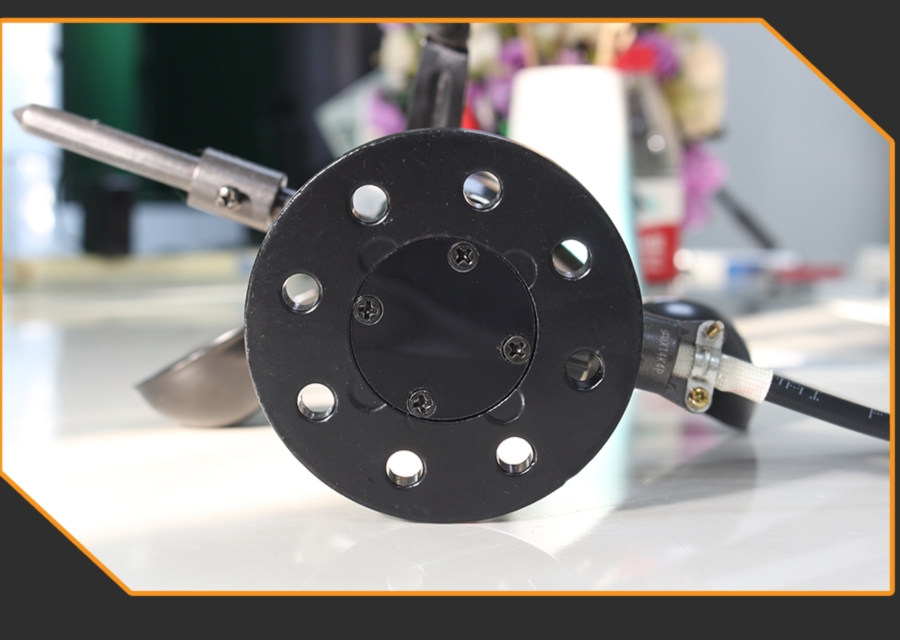
1. wind speed and DC0-5Vvoltage computing relationship
For example, the range is 0~30m/s, the analog output is 0~5V DC0-5Vvoltage signal, wind speed and DC0-5Vvoltage The calculation relationship is as shown in the formula: C = (A2-A1) * (X-B1) / (B2-B1) + A1, where A2 is wind speed range upper limit, A1 is the lower limit of the range, B2 is DC0-5Vvoltage output range upper limit, B1 is the lower limit, X is the currently read wind speed value, and C is the calculated DC0-5Vvoltage value. The list of commonly used values is as follows:
| DC0-5Vvoltage(V) | wind speedValue (m/s) | Calculation Process |
| 0 | 0.0 | (30-0)*(0-0)÷(5-0)+0 |
| 1 | 6.0 | (30-0)*(1-0)÷(5-0)+0 |
| 2 | 12.0 | (30-0)*(2-0)÷(5-0)+0 |
| 3 | 18.0 | (30-0)*(3-0)÷(5-0)+0 |
| 4 | 24.0 | (30-0)*(4-0)÷(5-0)+0 |
| 5 | 30.0 | (30-0)*(5-0)÷(5-0)+0 |
As shown in the above formula, when measuring 2.5V, current DC0-5Vvoltage is 15m/s。
2. conductivity and DC0-5Vvoltage computing relationship
For example, the range is 0~360°, the analog output is 0~5V DC0-5Vvoltage signal, conductivity and DC0-5Vvoltage The calculation relationship is as shown in the formula: C = (A2-A1) * (X-B1) / (B2-B1) + A1, where A2 is conductivity range upper limit, A1 is the lower limit of the range, B2 is DC0-5Vvoltage output range upper limit, B1 is the lower limit, X is the currently read conductivity value, and C is the calculated DC0-5Vvoltage value. The list of commonly used values is as follows:
| DC0-5Vvoltage(V) | conductivityValue (°) | Calculation Process |
| 0 | 0.0 | (360-0)*(0-0)÷(5-0)+0 |
| 1 | 72.0 | (360-0)*(1-0)÷(5-0)+0 |
| 2 | 144.0 | (360-0)*(2-0)÷(5-0)+0 |
| 3 | 216.0 | (360-0)*(3-0)÷(5-0)+0 |
| 4 | 288.0 | (360-0)*(4-0)÷(5-0)+0 |
| 5 | 360.0 | (360-0)*(5-0)÷(5-0)+0 |
As shown in the above formula, when measuring 2.5V, current DC0-5Vvoltage is 180°。
1. wind speed and DC0-10Vvoltage computing relationship
For example, the range is 0~30m/s, the analog output is 0~10V DC0-10Vvoltage signal, wind speed and DC0-10Vvoltage The calculation relationship is as shown in the formula: C = (A2-A1) * (X-B1) / (B2-B1) + A1, where A2 is wind speed range upper limit, A1 is the lower limit of the range, B2 is DC0-10Vvoltage output range upper limit, B1 is the lower limit, X is the currently read wind speed value, and C is the calculated DC0-10Vvoltage value. The list of commonly used values is as follows:
| DC0-10Vvoltage(V) | wind speedValue (m/s) | Calculation Process |
| 0 | 0.0 | (30-0)*(0-0)÷(10-0)+0 |
| 1 | 3.0 | (30-0)*(1-0)÷(10-0)+0 |
| 2 | 6.0 | (30-0)*(2-0)÷(10-0)+0 |
| 3 | 9.0 | (30-0)*(3-0)÷(10-0)+0 |
| 4 | 12.0 | (30-0)*(4-0)÷(10-0)+0 |
| 5 | 15.0 | (30-0)*(5-0)÷(10-0)+0 |
| 6 | 18.0 | (30-0)*(6-0)÷(10-0)+0 |
| 7 | 21.0 | (30-0)*(7-0)÷(10-0)+0 |
| 8 | 24.0 | (30-0)*(8-0)÷(10-0)+0 |
| 9 | 27.0 | (30-0)*(9-0)÷(10-0)+0 |
| 10 | 30.0 | (30-0)*(10-0)÷(10-0)+0 |
As shown in the above formula, when measuring 5V, current DC0-10Vvoltage is 15m/s。
2. conductivity and DC0-10Vvoltage computing relationship
For example, the range is 0~360°, the analog output is 0~10V DC0-10Vvoltage signal, conductivity and DC0-10Vvoltage The calculation relationship is as shown in the formula: C = (A2-A1) * (X-B1) / (B2-B1) + A1, where A2 is conductivity range upper limit, A1 is the lower limit of the range, B2 is DC0-10Vvoltage output range upper limit, B1 is the lower limit, X is the currently read conductivity value, and C is the calculated DC0-10Vvoltage value. The list of commonly used values is as follows:
| DC0-10Vvoltage(V) | conductivityValue (°) | Calculation Process |
| 0 | 0.0 | (360-0)*(0-0)÷(10-0)+0 |
| 1 | 36.0 | (360-0)*(1-0)÷(10-0)+0 |
| 2 | 72.0 | (360-0)*(2-0)÷(10-0)+0 |
| 3 | 108.0 | (360-0)*(3-0)÷(10-0)+0 |
| 4 | 144.0 | (360-0)*(4-0)÷(10-0)+0 |
| 5 | 180.0 | (360-0)*(5-0)÷(10-0)+0 |
| 6 | 216.0 | (360-0)*(6-0)÷(10-0)+0 |
| 7 | 252.0 | (360-0)*(7-0)÷(10-0)+0 |
| 8 | 288.0 | (360-0)*(8-0)÷(10-0)+0 |
| 9 | 324.0 | (360-0)*(9-0)÷(10-0)+0 |
| 10 | 360.0 | (360-0)*(10-0)÷(10-0)+0 |
As shown in the above formula, when measuring 5V, current DC0-10Vvoltage is 180°。
software for test product
After downloading, please read the readme.txt documentation
0















